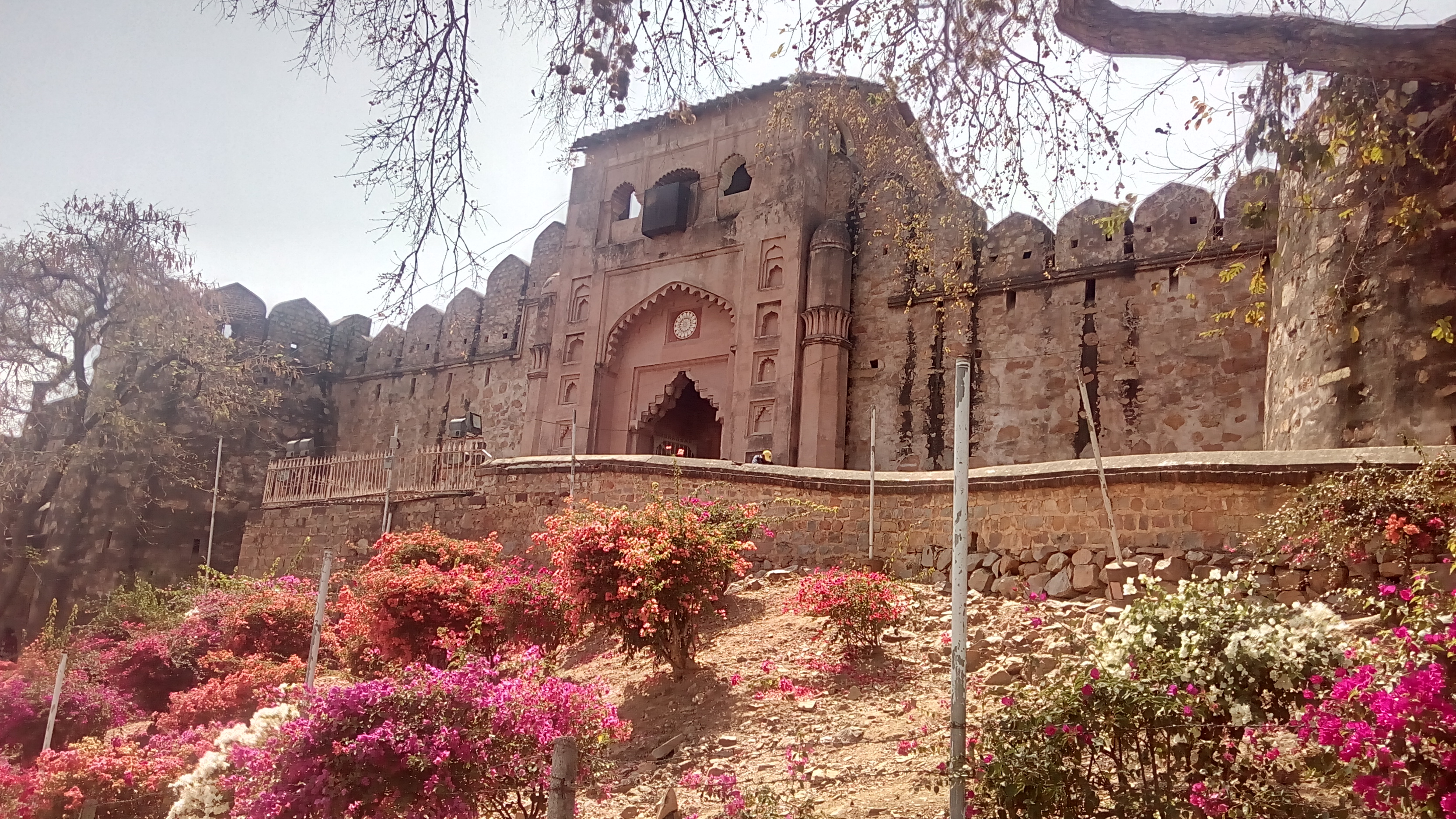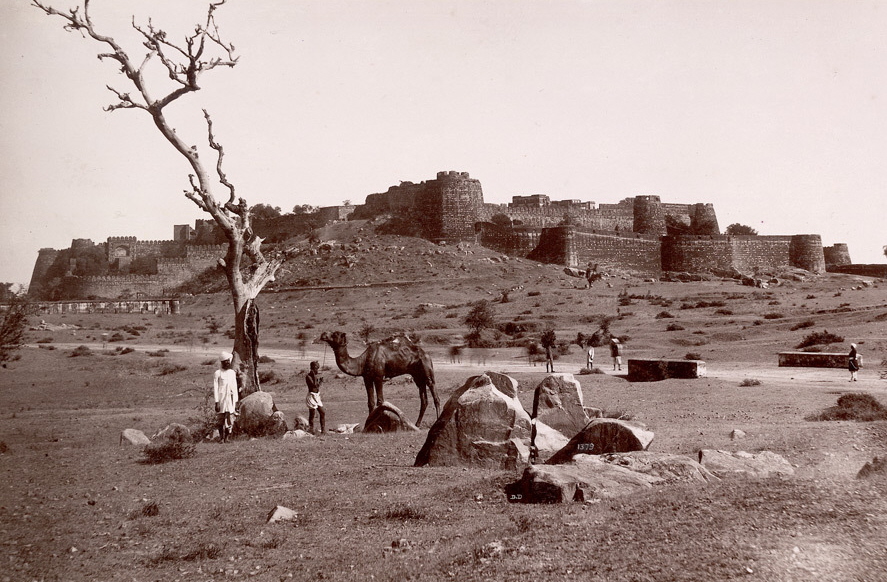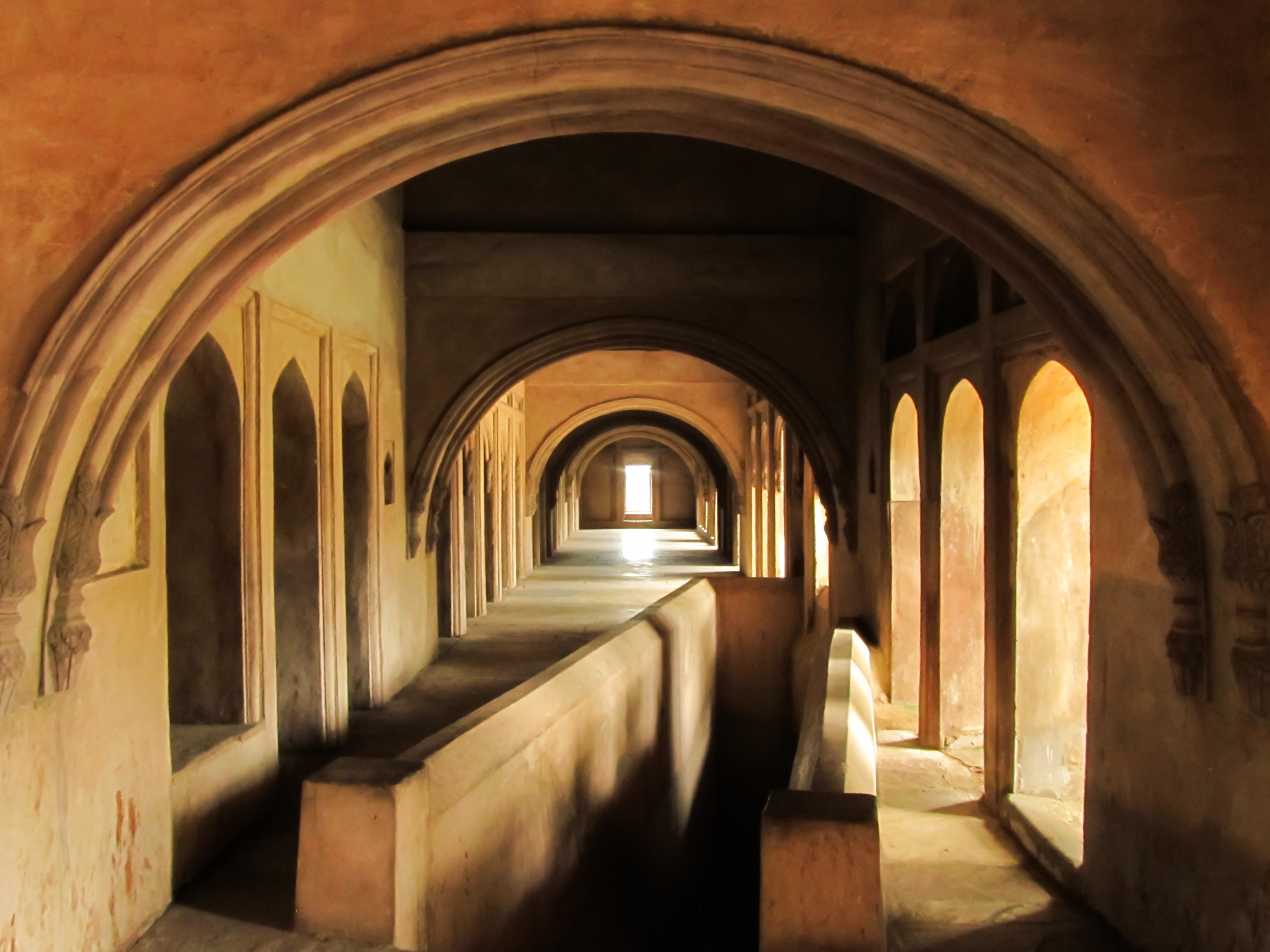



Jhansi Fort stands as a profound symbol of India's resistance against colonial rule, nestled in the heart of Uttar Pradesh. Built in 1613 by Raja Bir Singh Deo of Orchha, the fortress emerged from a fascinating linguistic genesis, where the name 'Jhansi' originated from a local ruler's succinct description of the barely visible hill fortress.
The architectural marvel seamlessly blends Bundela and Maratha design principles, featuring thick granite walls spanning 16 to 20 feet, strategically positioned on a rocky hilltop. Its ten impressive gates, each named after different rulers or locations, showcase both defensive sophistication and cultural complexity. The fort's sprawling 15-acre landscape encapsulates multiple historical structures, including the renowned Rani Mahal, now transformed into an archaeological museum.
Rani Laxmi Bai emerges as the quintessential heroine of this historical landscape, her indomitable spirit forever etched into the fort's narrative. During the Indian Rebellion of 1857, she became a symbol of unprecedented courage, challenging British colonial forces with remarkable strategic acumen. Her legendary escape at the Jumping Point, where she reportedly leaped on horseback, has transcended historical account to become a powerful national legend.
The fort's significance extends far beyond military strategems, representing a complex tapestry of cultural and political transformations. Under various rulers—from Maratha Peshwas to British colonizers—the fort witnessed multiple political transitions, each leaving distinctive architectural and administrative imprints. The Star Fort, built during British occupation, exemplifies this layered historical narrative.
Cultural preservation remains integral to Jhansi Fort's contemporary identity. Annual events like the Jhansi Mahotsav celebrate the region's rich heritage, featuring folk performances that commemorate local heroes and freedom fighters. These celebrations transform the fort from a mere historical monument into a living, breathing cultural institution that continues to inspire generations.
The architectural brilliance of Jhansi Fort extends beyond its defensive capabilities. Surrounded by protective moats and featuring intricate design elements like the Shiva temple and Kadak Bijli cannon, the fort represents a sophisticated understanding of military engineering and cultural aesthetics. Its granite walls have silently witnessed countless historical negotiations, battles, and transformative moments.
Archaeological evidence and historical records suggest the fort's profound role in regional power dynamics. From Maharaja Chattrasal's strategic alliances to the Peshwa's territorial expansions, the fort embodied political complexity. Its walls bear witness to negotiations, conflicts, and cultural exchanges that shaped the broader narrative of Indian historical progression.
Today, Jhansi Fort attracts thousands of visitors annually, serving as a powerful testament to India's struggle for independence and cultural resilience. Well-connected through road, rail, and proximity to Gwalior airport, the fort continues to educate, inspire, and commemorate a pivotal chapter in India's complex historical journey.
Discover more attractions within 50km that might interest you

Varanasi, Uttar Pradesh
Sacred Buddhist Site Where Buddha Delivered His First Sermon